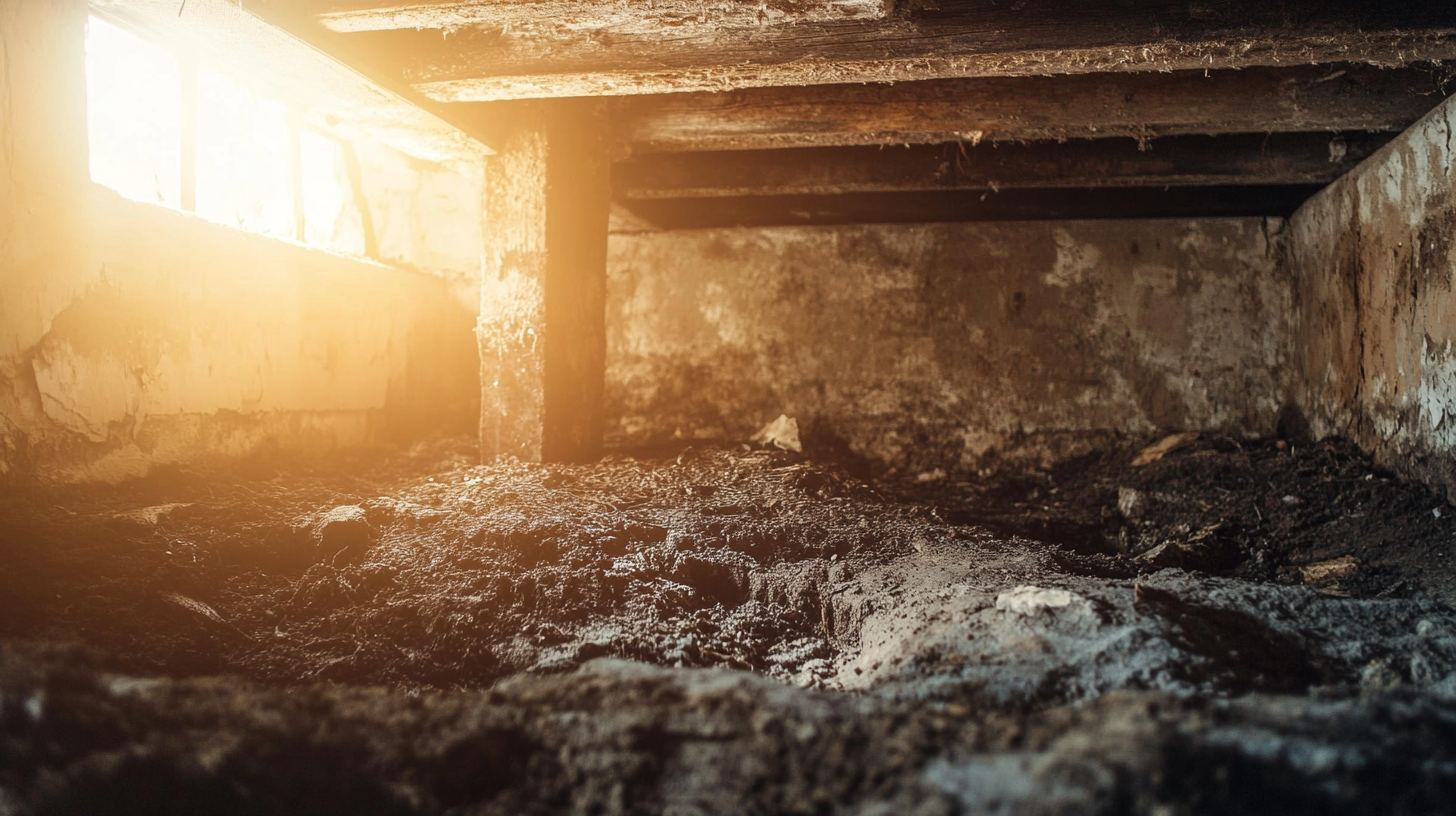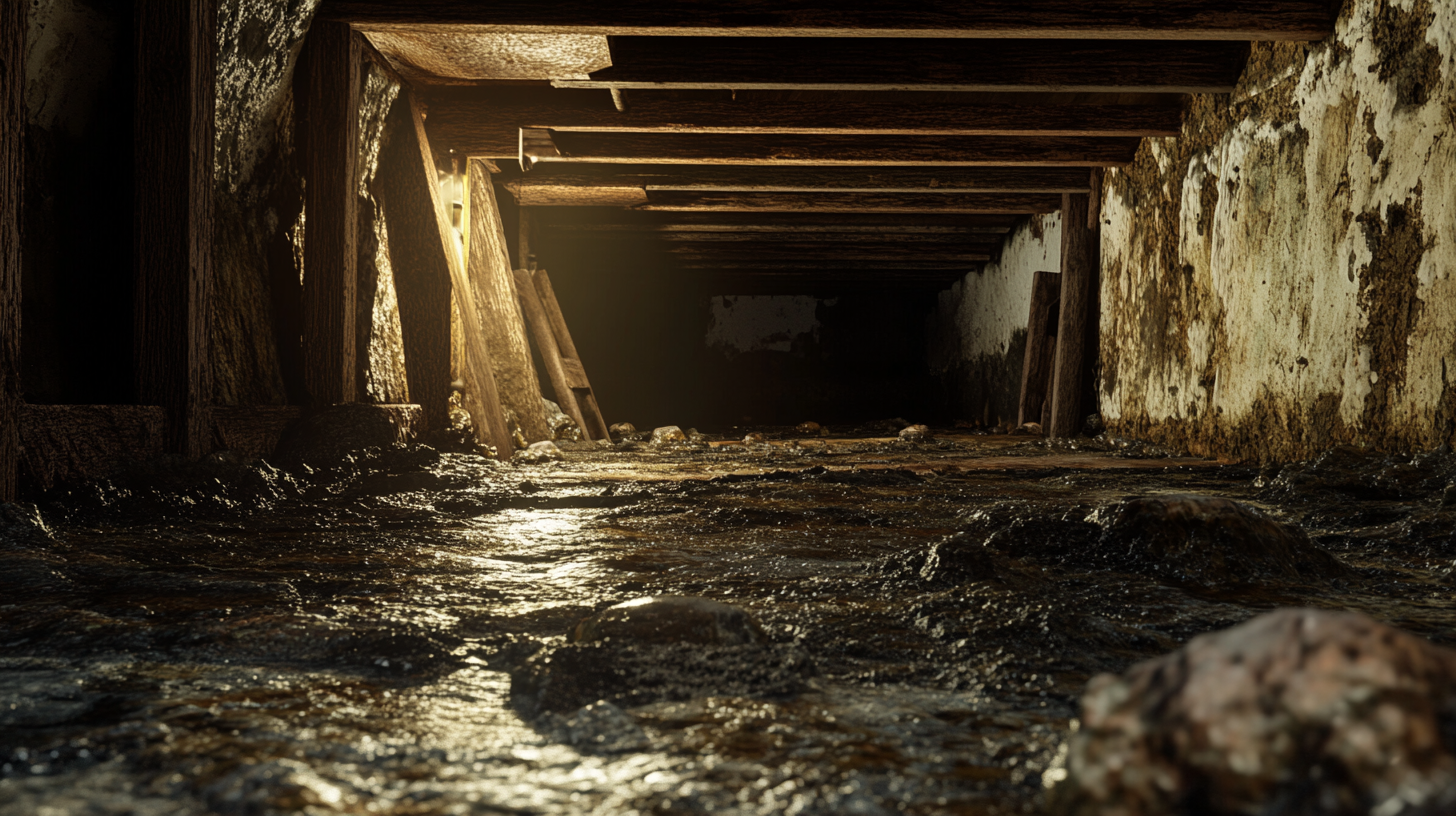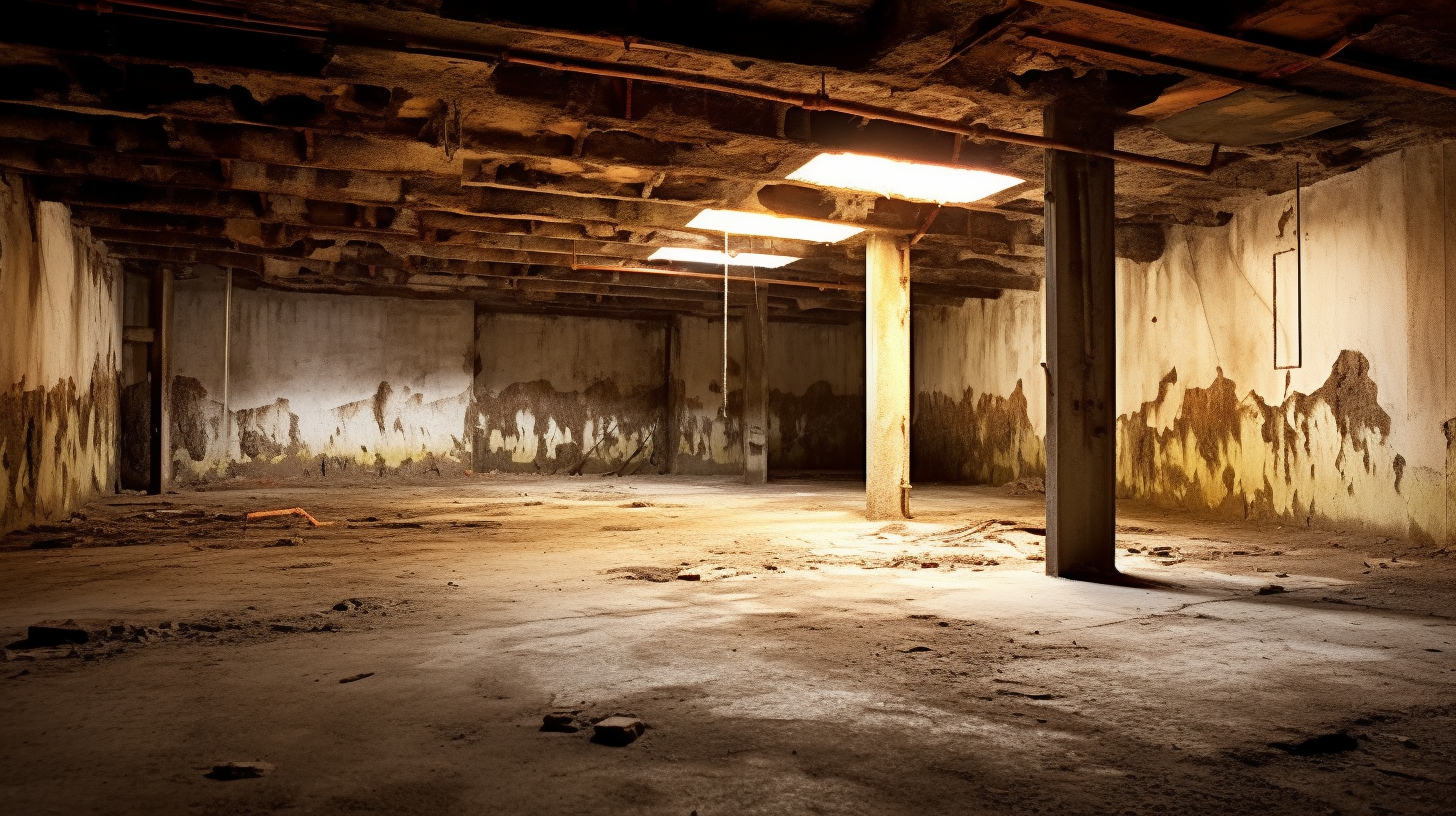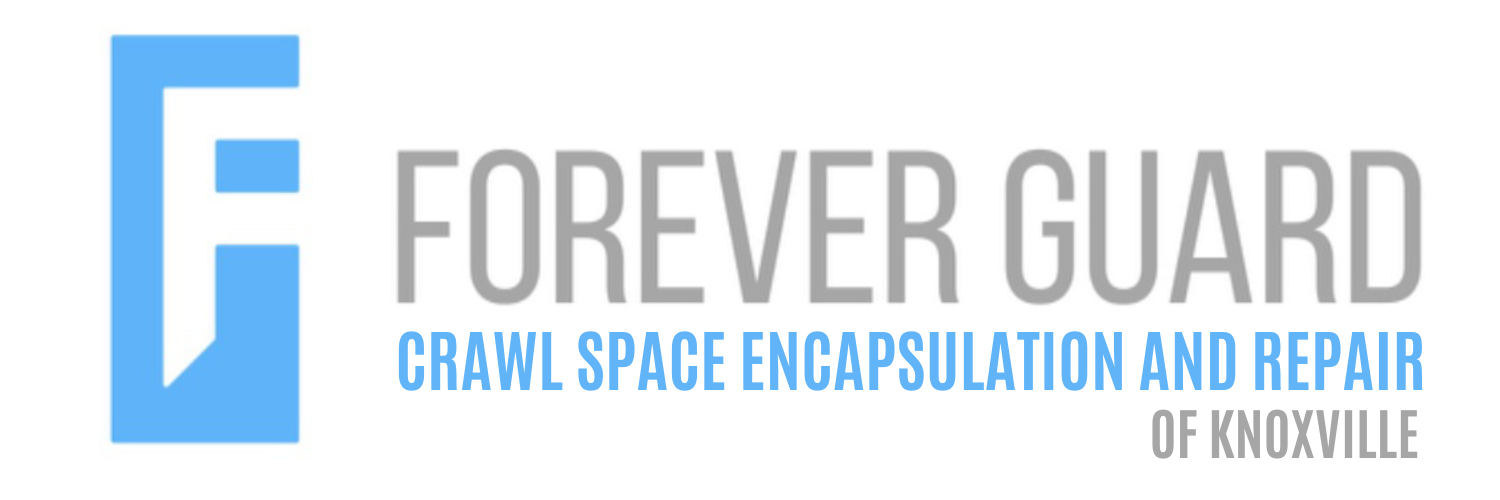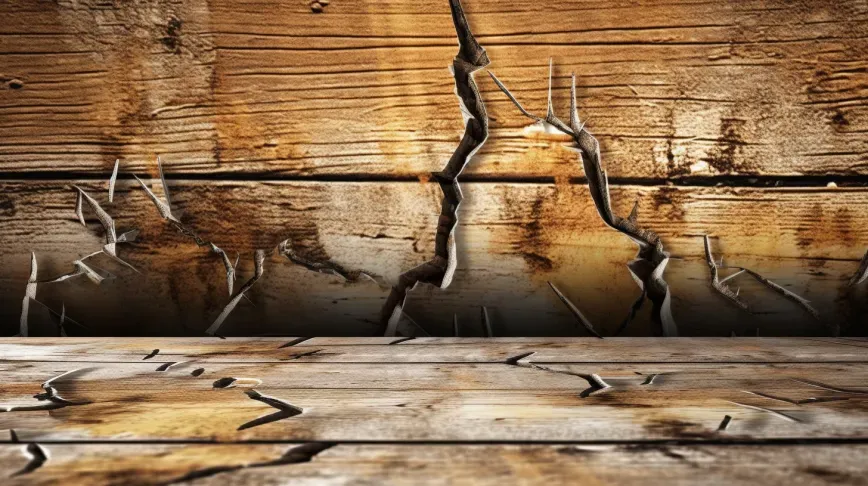Now IS THe Time To...

Crawl Space Services In Knoxville, TN
Stetson Howard: 865-432-6743
CRAWL SPACE ENCAPSULATION, REPAIR, WATERPROOFING & MOLD REMOVAL
No-Obligation, Free Inspections
No-Obligation Free Estimates
We Warranty All of Our Work
100% Satisfaction Guaranteed
The foundation of a home is more than just a structural element; it forms the very basis upon which the entire property rests. From providing stability to supporting the weight of the structure above, the foundation plays a critical role in maintaining structural integrity and preserving property value. In this blog post, we delve into the fundamental reasons why foundation health is paramount for the long-term well-being of your home and its value in the real estate market.
A strong and stable foundation not only safeguards against structural issues such as settling or cracking but also serves as a cornerstone of property value. A well-maintained foundation instills confidence in potential buyers and ensures that your investment retains its worth over time.
Join us as we explore the multifaceted importance of foundation health, from ensuring structural integrity and safety to enhancing property value and marketability. By understanding the pivotal role of the foundation in maintaining the overall health and value of your home, you'll be better equipped to prioritize foundation maintenance and address any issues promptly, safeguarding your investment for years to come.
Recognizing Foundation Cracks
Identifying foundation cracks is the first step in addressing potential issues and ensuring the stability of your home. This section covers the types of foundation cracks and common misconceptions surrounding them.
Types of Foundation Cracks
Understanding the different types of foundation cracks is essential for accurate diagnosis and appropriate remediation:
- Hairline Cracks: Thin, shallow cracks that may appear in concrete or masonry surfaces. While they may seem minor, they can indicate underlying structural issues if they widen over time.
- Vertical Cracks: Straight cracks that run vertically along walls or foundation surfaces. These cracks can result from settling, soil movement, or structural stress.
- Horizontal Cracks: Cracks that run horizontally along walls or foundation surfaces, often indicating significant structural movement or pressure. Horizontal cracks may be a sign of foundation failure and require immediate attention.
- Stair-Step Cracks: Cracks that follow a diagonal pattern, resembling a staircase. Stair-step cracks are common in masonry walls and may indicate foundation settling or shifting.
Visual guides or examples can help readers identify each type of crack accurately, providing a reference point for evaluation.
Common Misconceptions
Dispelling common myths about foundation cracks is crucial for homeowners to understand the potential risks and take appropriate action:
- Myth: "All Houses Settle": While some settling is normal, excessive or uneven settling can indicate foundation issues that require attention.
- Myth: "Small Cracks are Not a Problem": Even small cracks can worsen over time and compromise the structural integrity of your home. Ignoring minor cracks can lead to costly repairs down the line.
- Importance of Expert Evaluation: Expert evaluation is essential to determine the seriousness of each case accurately. Consulting with a structural engineer or foundation specialist can provide valuable insights and recommendations for remediation.
By recognizing the types of foundation cracks and debunking common misconceptions, homeowners can take proactive steps to address issues promptly and safeguard their home's structural integrity.
Benefits of Professional Assessments
Seeking a professional assessment for foundation issues offers several advantages, including accurate diagnosis and comprehensive evaluation. This section explores why professional assessments are essential for identifying the root cause of cracks and determining the appropriate course of action.
Accurate Diagnosis
Accurate diagnosis is critical for effectively addressing foundation issues and preventing further damage:
- Importance of Accuracy: Accurate diagnosis ensures that the underlying cause of cracks is correctly identified, allowing for targeted and effective remediation efforts.
- Expertise and Tools: Professionals possess the expertise and specialized tools necessary to conduct thorough assessments and pinpoint the root cause of cracks. From visual inspections to advanced technologies, professionals employ a range of methods to assess the condition of your foundation accurately.
Comprehensive Evaluation
A comprehensive evaluation provides a holistic understanding of your home's foundation health:
- Interior and Exterior Factors: A comprehensive evaluation includes inspecting both interior and exterior factors that may contribute to foundation issues. This approach allows professionals to identify hidden issues that may not be obvious to untrained eyes, such as plumbing leaks or soil composition.
- Advanced Technologies: Professionals may utilize advanced technologies such as soil tests and laser leveling to assess the condition of your foundation accurately. These tools provide precise measurements and data that inform the assessment process and help identify potential risk factors.
By investing in a professional assessment, homeowners can gain valuable insights into the condition of their foundation and make informed decisions about necessary repairs or preventive measures.
Benefits of Professional Assessments
Professional assessments play a crucial role in accurately diagnosing foundation issues and providing comprehensive evaluations to plan effective remediation strategies. This section explores how professionals utilize their expertise and specialized tools to assess foundation cracks and surrounding factors.
Accurate Diagnosis
Professionals leverage their expertise and diagnostic tools to provide accurate assessments of foundation cracks:
- Expertise in Action: Structural engineers and foundation specialists possess extensive knowledge and experience in assessing structural integrity and identifying underlying issues.
- Diagnostic Tools: Professionals utilize advanced tools such as laser levels and soil tests to measure and analyze various aspects of the foundation. Laser levels provide precise measurements of foundation settlement or movement, while soil tests determine soil composition and moisture levels, both critical factors in assessing foundation health.
Comprehensive Evaluation
Professionals take a comprehensive approach to evaluate not just the cracks but also surrounding areas and contributing factors:
- Surrounding Areas: A comprehensive evaluation extends beyond the cracks themselves to inspect surrounding areas, including walls, floors, and adjacent structures. This approach helps identify potential causes of foundation issues, such as poor drainage or soil instability.
- Planning Effective Remediation: By conducting a full assessment, professionals can develop tailored remediation strategies based on the specific needs of the property. This ensures that repairs address underlying issues effectively, minimizing the risk of future damage and maximizing the longevity of the foundation.
By investing in a professional assessment, homeowners can benefit from accurate diagnoses and comprehensive evaluations, enabling them to make informed decisions and implement effective solutions for their foundation issues.
Tools and Techniques Used in Professional Assessments
Professional assessments employ advanced technology and structural integrity tests to provide a comprehensive evaluation of foundation health. This section explores the innovative tools and techniques used by professionals to assess the condition and stability of foundations.
Advanced Technology
Advanced technologies play a vital role in enhancing the accuracy and efficiency of professional assessments:
- Infrared Thermography: Infrared cameras detect variations in surface temperature, revealing potential moisture intrusion or insulation deficiencies in the foundation and surrounding areas.
- Ground Penetrating Radar (GPR): GPR uses radar pulses to penetrate the ground and create subsurface images, allowing professionals to identify hidden features, such as underground utilities or voids, that may impact foundation stability.
- Structural 3D Modeling: Structural engineers utilize 3D modeling software to create virtual representations of the foundation and surrounding structures. This technology provides a clearer picture of the foundation's condition, allowing for precise analysis and identification of potential issues.
Structural Integrity Tests
Structural integrity tests assess the load-bearing capacity and stability of the foundation, ensuring the safety of the building:
- Load Testing: Load tests apply controlled loads to the foundation to assess its capacity to support the structure above. This test helps determine if the foundation can withstand the expected loads and identify areas of weakness that may require reinforcement.
- Compression and Tensile Strength Testing: Compression and tensile strength tests measure the ability of the foundation materials to withstand compressive and tensile forces. These tests provide valuable insights into the structural integrity of the foundation and help identify potential weaknesses or defects.
These tools and techniques enable professionals to conduct thorough assessments and provide homeowners with actionable insights into the condition and stability of their foundation. By leveraging advanced technology and structural integrity tests, professionals can identify potential issues early and recommend appropriate remediation measures to ensure the safety and longevity of the building.
The Professional's Role in Remediation Planning
Professionals play a crucial role in developing tailored remediation plans and coordinating with repair teams to ensure effective execution. This section explores how professionals leverage their expertise to create customized solutions for foundation issues and oversee the repair process.
Tailored Remediation Plans
Professionals use their assessments to develop tailored remediation plans that address the specific needs of each property:
- Assessment-Based Solutions: Remediation plans are tailored to address the underlying causes identified during the assessment process. Professionals consider factors such as foundation type, soil conditions, and structural integrity when designing solutions.
- Remediation Techniques: Different remediation techniques may be employed, depending on the nature and severity of the foundation issues. Techniques such as underpinning, grouting, and drainage improvements are commonly utilized to stabilize foundations and prevent further damage.
Coordinating with Repair Teams
Professionals play a vital role in coordinating with repair teams to ensure the successful execution of the remediation plan:
- Effective Communication: Professionals communicate the details of the remediation plan to repair teams and ensure that everyone is aligned on the objectives and scope of work.
- Ongoing Oversight: Professionals provide ongoing oversight during the repair process to monitor progress and adjust plans as necessary. This ensures that any unforeseen challenges are addressed promptly and the remediation is completed to the highest standards.
By working closely with repair teams and providing ongoing oversight, professionals ensure that remediation plans are executed effectively and that the foundation issues are addressed comprehensively. This collaborative approach maximizes the likelihood of successful repairs and helps protect the long-term stability of the property.
FAQs
Recent Blog Posts
Crawl Space News
